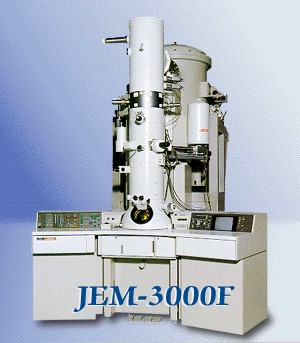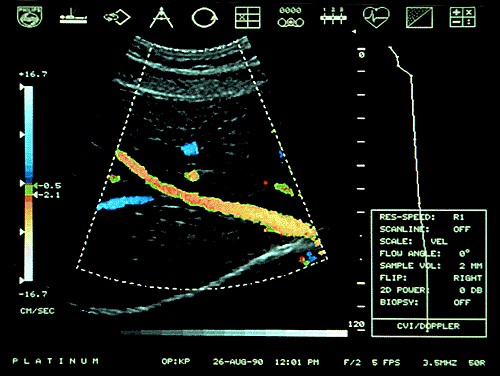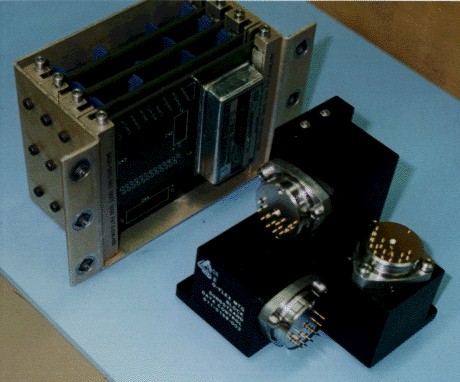
EN4: Dynamics and Vibrations
Division of Engineering
Brown University
6. Vibrations
This is the last topic to be covered in EN4. It is arguably the most useful part of the
course – almost all engineers will need to solve a vibration problem at some point in
their careers. It is also the most challenging part of the course, for a number of
reasons. Firstly, we will cover (at high speed) some new and quite difficult mathematics.
Secondly, to solve vibration problems, we will use almost all the techniques developed in
the rest of the course. Thirdly, we will, for the first time, use mathematical models to
make engineering decisions. Finally, we will cover the material in a manner that differs
significantly from the textbook. For these reasons, we strongly recommend that you attend
classes for the rest of the semester, even if you have been able to avoid doing so up to
now.
6.1 Overview of issues in controlling vibrations
Vibration is a continuous cyclic motion of a structure or a component.
Generally, engineers try to avoid vibrations, because vibrations have a number of
unpleasant effects:
Examples where vibration suppression is an issue include:
Structural vibrations. Most buildings are mounted on top of special rubber pads,
which are intended to isolate the building from ground vibrations. The picture below shows
rubber pads being laid on top of the foundations of a building under construction.

No vibrations course is complete without a mention of the Tacoma Narrows suspension
bridge. This bridge, constructed in the 1940s, was at the time the longest suspension
bridge in the world. Because it was a new design, it suffered from an unforseen source of
vibrations. In high wind, the roadway would exhibit violent torsional vibrations, as shown
in the picture below.

This was the ultimate consequence of the vibrations (to the credit of the designers,
the bridge survived for an amazingly long time before it finally failed):

It is thought that the vibrations were a form of self-excited vibration known as
`flutter.’ A similar form of vibration is known to occur in aircraft wings.
Interestingly, the new cable stayed bridges that were constructed in the past 10 years or
so also suffer from a new vibration problem: the cables are very lightly damped and
vibrate badly in high winds (this is a resonance problem, not flutter). At present, there
is no known cure, and this is a serious problem.
Vehicle suspension systems need little explanation…
Precision Machinery: The picture below shows one example of a precision
instrument. It is essential to isolate electron microscopes from vibrations. A typical
transmission electron microscope is designed to resolve features of materials down to
atomic length scales. If the specimen vibrates by more than a few atomic spacings, it will
be impossible to see! This is one reason that electron microscopes are always located in
the basement – the basement of a building vibrates much less than the upper floors.

Here is another precision instrument that is very sensitive to vibrations.

The picture shows features of a typical hard disk drive. It is particularly important
to prevent vibrations in the disk stack assembly and in the disk head positioner, since
any relative motion between these two components will make it impossible to read data. The
disk stack assembly has some very interesting vibration characteristics (which fortunately
for you, is beyond the scope of this course).
Vibrations are not always undesirable, however. On occasion, they can be put to good
use. Examples of beneficial applications of vibrations are
Ultrasonic probes, both for medical application and for nondestructive testing;

The picture shows a medical application of ultrasound: it is an image of someone’s
colon. This type of instrument can resolve features down to a fraction of a millimeter,
and is infinitely preferable to exploratory surgery. Ultrasound is also used to detect
cracks in aircraft and structures.
Musical instruments and loudspeakers are a second example of systems which put
vibrations to good use.
Finally, most mechanical clocks use vibrations to measure time.
Vibration Measurement
When faced with a vibration problem, engineers generally start by making some
measurements to try to isolate the cause of the problem.
There are two common ways to measure vibrations:
(a) An accelerometer is a small electro-mechanical device that gives an electrical
signal proportional to its acceleration. The picture shows a typical 3 axis accelerometer.

(b) A displacement transducer is similar to an accelerometer, but gives an electrical
signal proportional to its displacement.
Displacement transducers are generally preferable if you need to measure low frequency
vibrations; accelerometers behave better at high frequencies.
The most common procedure is to mount three accelerometers at a point on the vibrating
structure, so as to measure accelerations in three mutually perpendicular directions. The
velocity and displacement are then deduced by integrating the accelerations.
6.2 Features of a Typical Vibration Response
The picture below shows a typical signal that you might record using an accelerometer
or displacement transducer

Important features of the response are
6.3 Harmonic Oscillations
Harmonic oscillations are a particularly simple form of vibration response. Consider
the spring-mass system shown below (you will only see the spring-mass system if your
browser supports Java).
If the spring is perturbed from its static equilibrium position, it vibrates (press
`start’ to watch the vibration). We will analyze the motion of the spring mass system
soon. We will find that the displacement of the mass from its static equilibrium position,
 , has the form
, has the form

Here,  is the
amplitude of the displacement,
is the
amplitude of the displacement,  is the frequency of oscillations in radians per
second, and
is the frequency of oscillations in radians per
second, and  (in radians) is
known as the `phase’ of the vibration. Vibrations of this form are said to be Harmonic.
(in radians) is
known as the `phase’ of the vibration. Vibrations of this form are said to be Harmonic.
Typical values for amplitude and frequency are listed in the table below
|
Frequency /Hz |
Amplitude/mm |
| Atomic Vibration |

|

|
| Threshold of human perception |
1-8 |

|
| Machinery and building vibes |
10-100 |

|
| Swaying of tall buildings |
1-5 |
10-1000 |
We can also express the displacement in terms of its period of oscillation T

The velocity  and
acceleration
and
acceleration  of the mass
follow as
of the mass
follow as

Here,  is the amplitude of
the velocity, and
is the amplitude of
the velocity, and  is the
amplitude of the acceleration. Note the simple relationships between acceleration,
velocity and displacement amplitudes.
is the
amplitude of the acceleration. Note the simple relationships between acceleration,
velocity and displacement amplitudes.
Experiment with the Java applet shown until you feel comfortable with the concepts of
amplitude, frequency, period and phase of a signal.
Surprisingly, many complex engineering systems behave just like the spring mass system
we are looking at here. To describe the behavior of the system, then, we need to know
three things (in order of importance):










